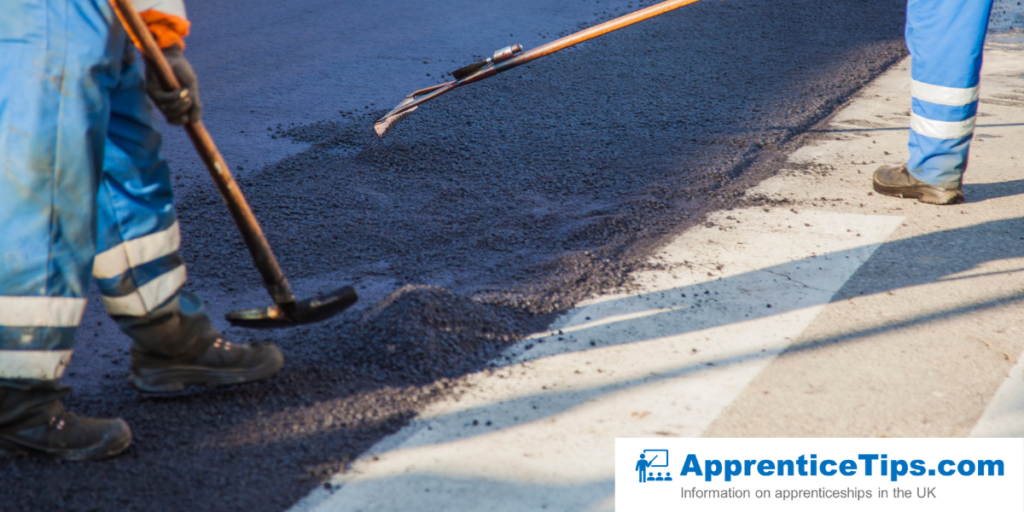Would you like to start an apprenticeship in a rapidly growing sector, representing 15% of the market in 2018? If so, then this Construction apprenticeship could be the one for you…
Information about Construction apprenticeships
The Construction Assembly and Installation Operative Apprenticeship provides opportunity for the apprentice to learn more skills in projects like infrastructure, commercial, retail, rail, education, residential, healthcare, prisons and leisure. These skills can be taken into roles such as Assembly Operative, Concrete Finisher or Timber Framer. Also, this apprenticeship consists of four optional routes:
- Pre-Cast Concrete
- Timber Frame
- Relocate Modular and Portable Buildings
- Permanent Modular Buildings
Eventually, when you become an employee in this occupation you will be responsible for assembly and installation of manufactured components to agreed design specification and tolerance.

Entry Requirements
English and Maths are both mandatory qualifications as part of all apprenticeships and must be completed before you can enter through gateway
Other mandatory qualifications include the Level 2 Slinger and signaller CPCS A40.
The typical duration to gateway is around 18 months, which does not include the EPA period.
Key responsibilities of a Construction Apprentice
The main role of a Construction Apprentice would be to interact with team colleagues and supervisors as well as those from other organizations, as well as involving, working on a construction site, in a range of weather conditions and on projects anywhere in the UK. In some instances, travelling and working away from home. In addition to this, the role includes the safe handling, moving, installing and finishing to specification and within deadline. As an apprentice you will receive on-the-job training.
Core Occupation Duties
As part of your role you will carry out a number of duties to cover all competencies of your course. Here are a few examples:
- Carry out pre-use checks of all lifting and handling equipment to be used for the project
- Pre-use checks of equipment and resources
- Check work area is safe at all times and in line with method statements and risk assessments
- Comply with the current legislation, work instructions and toolbox talks to carry out the work and maintain safe and healthy work practices
- Use a range of equipment, hand and power tools to carry out the assembly and installation
- Apply safe working techniques for moving, lifting and handling pre-assembled, manufactured elements
- Fixing temporary works for stability and safe access
- Select and use materials according to specification
Throughout your apprenticeship you should make sure to check over your competency checklist to make sure you are practicing these different areas and so you are prepared when it comes to your EPA. Therefore, you can maximize your chances of passing the apprenticeship and receiving the best grade.

Construction Exams and Modules
Whilst working as a construction apprentice you will need to have knowledge of many different skills, techniques and etiquette to perform your job professionally. So here are some examples:
- The principles of slinging and signaling.
- The principles of environment, health, safety and welfare and how they must be applied in relation to their work and to others.
- How to use, store and maintain hand tools, power tools and ancillary equipment.
- The different techniques and methods to move, handle and store resources prior to installation.
These are just a few examples, but the list could go on. Even though it may seem daunting having many modules, it can prepare you for what to expect.
Conclusion
Altogether, Construction is a massive industry which controls a large percentage of the market, therefore, meaning there are many different paths you can take after the completion of this apprenticeship. Also, due to of the vast range of modules and duties you have at an apprenticeship like this, it means you are be able to increase your skill set to bring into your future career. So if a career in construction is something that interests you, then this could be the apprenticeship for you! What are you waiting for?






